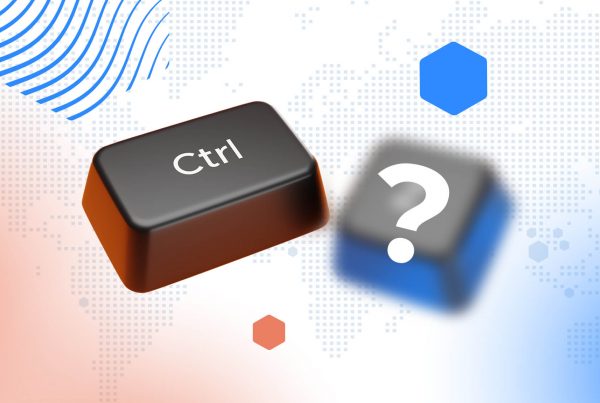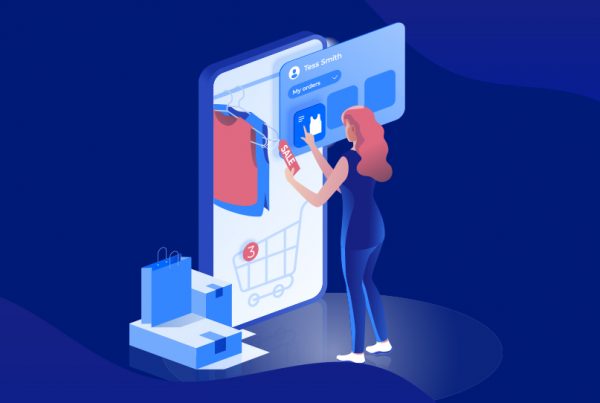
SMS or text messaging is still an effective way to connect with your target market. While sending business text messages is one of the oldest technologies to be used in digital marketing, it still holds some key benefits as a consumer relationship-building tool for companies that others fail to see.
It’s personal, direct, and there’s no risk of your business text message being filed into a spam folder. Also, the open rates are the highest at 98%. Despite that, how can we assure that a patron would continue to be happy receiving your SMS messages? Here are the things you need to take note of when sending business text messages.
1. You Only Have 160 Characters.
If you thought you had more, that’s because SMS applications don’t block you from typing when you use them up. Instead, it lets you continue and charge you with the number of text messages your characters use up. Be careful and deliberate when sending bulk SMS to avoid expenses from spiking. You’ll be charged for the equivalent of two messages once you go past 160 characters, even if the total is just 161.
When business texting to large groups in your contact lists, take extra caution because there’s no changing it once sent. Devise, edit and review your SMS marketing campaigns.
2. Gain Consent Before you Send Business Text Messages.
The business era has moved beyond the times when farming or buying contact information from the internet or agencies was common practice. It’s also very much frowned upon. Buyers also have more influence over brands and are loyal to those that respect their privacy.
Best practice when you want to keep your customers up-to-date is to simply ask them for their email address or mobile number. Do this via your website, social media page, or through your friendly cashier.
3. Always Give Your Customers the Option to Unsubscribe.
B2C text messages are advised to have a Stop message at the end of each one. This notifies the receiver that they can opt-out of receiving your texts at any time. It can be as simple as “Text STOP to [business hotline] to opt-out.” It can be a separate text sent right after your original or attached at the end as part of the 160 characters to minimize costs.
Get a shortcode to be your company’s number to send business texts. Not only does it keep your Stop note short, but it’s much easier for customers to memorize and reach you via SMS or a phone call for any issue. You’d even get wonderful feedback to be proud of or help your business improve.
4. Keep Your Text Messages Casual but Professional.
Confused? It simply means be relaxed and communicate just as how you would with family and friends. Your consumers want to receive text messages that are informal, not a message that feels like a work email, especially in their free hours.
Your brand is meant to be an answer to a problem, whether it’s an energy boost or a catalog of products to keep their minds off their job in their spare time. They don’t want to feel stressed and associate you with their boss or the kind of hard-selling salesman they close their doors to.
5. Use Abbreviations Wisely in SMS.
Take into account your niche, brand personality and target market. For example, a crafts store wouldn’t need to hesitate using “DIY” with an American craft enthusiasts market because of its commonplace use. However, you wouldn’t want to use “LOL” or laugh out loud with generations older than millennials to be safe.
Some should be avoided, usually those categorized as internal or industry terms that your employees would know but your patrons wouldn’t, similar to “FIFO” or first-in, first-out. Others have swear words or offensive language such as WTF, which should be avoided to retain the professional impression. If you’re switching from email to SMS writing, keep in mind the differences in rules.
6. Show Emotion in Your Text Messages
Because you’re expected to sound like a familiar human being, people enjoy reading emotion when they receive a text message. Have a clever writer do this to ensure you convey it distinctly or, for small businesses without the budget to have a regular copywriter yet, be yourself. This applies when you are your own brand persona.
Remember that some thoughts aren’t easily interpreted the same way as intended when in writing compared to face-to-face interaction. Read and re-read the drafts in different ways to make sure it’s not misunderstood before sending business SMS. Another trick is to add emojis.
7. Be direct.
When texting about a special offer, it’d be safe to start with that to immediately get attention. One instance is “20% OFF ON ALL LADIES’ WINTER WEAR!” It’ll catch their attention immediately, which will increase speed of open rate.
However, if you actually don’t have an offer, don’t make it sound as if you have one. Try it and you’ll quickly have more opt outs. Always be honest with your buyers since their trust in your brand is why they gave you their phone number. Trust and respect are the foundations for all relationships, even between company and patron.
8. Utilize Complete Uppercase or All Caps in a Planned Manner.
Another benefit of SMS messaging is that it’s acceptable to use capital letters when done smart. It also maintains the informality. The words or phrases these would apply to change over time but currently, it works with “FREE” or “SALE.”
You also get to catch their attention and emphasize the most important part of the text, usually what the receiver stands to benefit. Maintain it only for a few words to avoid it from looking like an eyesore or give the impression of being yelling all throughout. Feel free to edit before you send text messages and test what’s more effective.
9. Keep Your Text Messages Signatures Short.
Remember the 160 characters we mentioned at the beginning? This puts some constraint on the signatures, unlike with emails. Plus, without the same formatting features, the long versions don’t look as appealing but cluttered. Instead of putting a full name, stick to the first name.
Also, forget the contact info, the position and complete business name to save on characters. Signing off needs to be as simple as a dash (-) or a single word like, “Love,” followed by the name. Remember to be consistent as in the first name in the emails. If you opt to use a different name, use a similar brand persona that appeals to your target market.
10. Do More Than Selling.
Greet them during their birthdays, if they give you this information, and on important national celebrations, namely the winter holidays, New Year’s Eve, spring break, and Black Friday. Also, thank them for customer anniversaries. That means from your first record of when they purchased from you. It shows they matter to you and you’re not simply after making a sale.
Send them links to important pieces of content or those you know they’d like. A new blog post or a free downloadable ebook would be a great source of information. It’s reciprocity. They do business with you and you give a token back so customers don’t feel like it’s one-sided and consider your business as if it were an actual friend.
Does this sound great but still wondering when it’d be appropriate to start? It actually is now, while few competitors are using this. Begin forming a personal relationship with your customers so when the marketing strategy becomes crowded, they’d likely be more loyal to you. For assistance on setting up the right SMS framework, contact us at https://www.forest-interactive.com/contact-us/ or read more about our services here.














One Comment